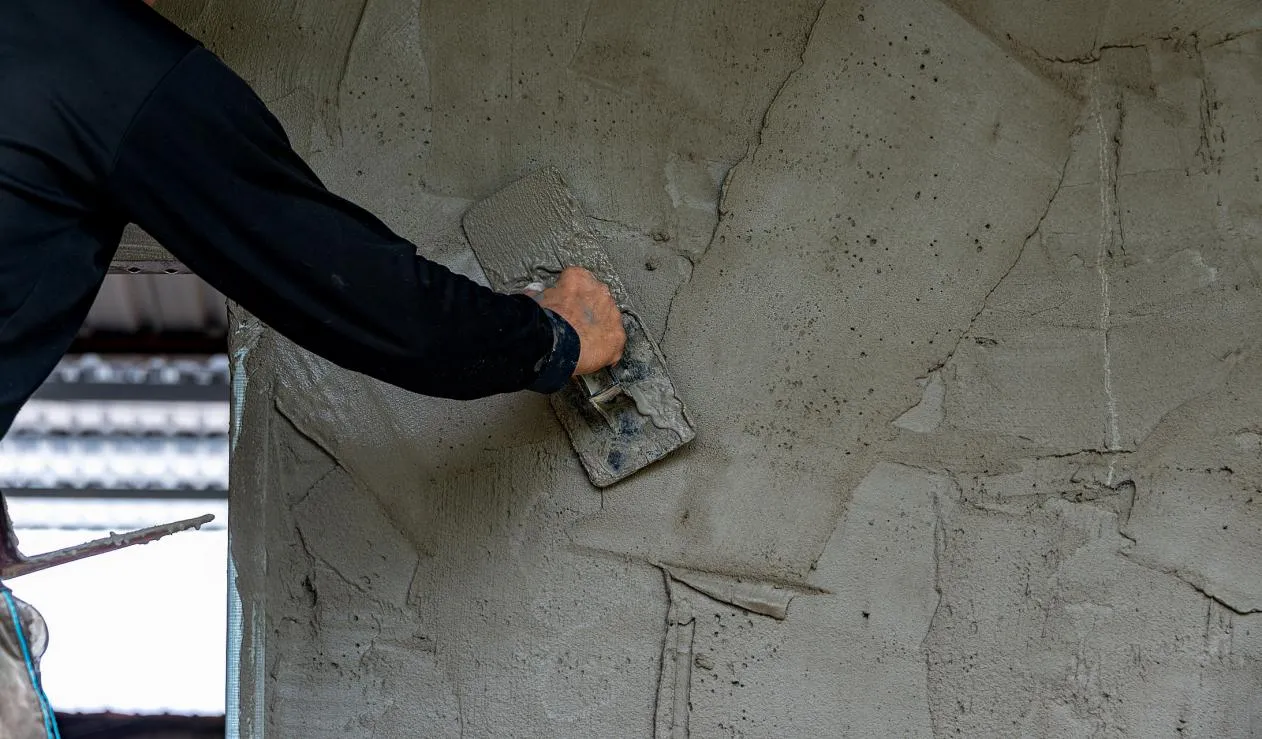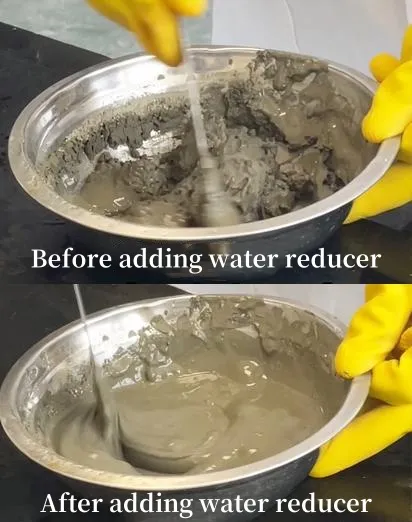
Understanding Water Reducing Admixture Types: A Complete Guide to PCE Polycarboxylate Ether Solutions
In the modern construction industry, enhancing concrete performance while minimizing material costs is crucial. One of the most effective methods is using su azaltıcı katkı maddeleri, especially PCE-based superplasticizers. These chemical admixtures improve workability, strength, and durability by reducing the water content in concrete mixtures. Among all water reducing admixture types, polycarboxylate admixture has become the leading choice for high-performance concrete.

What Is PCE and Why It Dominates Modern Concrete?
PCE, short for Polycarboxylate Ether, is an advanced chemical compound widely used as a concrete water reducer. Unlike traditional water reducers like lignosulfonates or naphthalene-based admixtures, PCE polycarboxylate ether provides much higher water reduction and better slump retention.
The core structure of PCE-based superplasticizer is a comb-like polycarboxylic ether polymer, which disperses cement particles efficiently. This molecular design allows the admixture to maintain workability while dramatically reducing water content.
One major reason contractors prefer polycarboxylate ether superplasticizer is its high efficiency in producing flowable, self-compacting, and high-strength concrete. Compared to older generations, it offers:
Higher water reduction rates (up to 30%)
Improved slump retention without re-dosing
Enhanced early and ultimate strength
Reduced shrinkage and cracking risks
Today, polycarboxylates high range water reducer is commonly used in high-rise buildings, bridges, tunnels, precast elements, and infrastructure requiring superior strength and durability.

How Do Water Reducing Admixtures Work?
Many ask, "How do water reducing admixtures work?" The science is straightforward yet highly effective. These admixtures work by dispersing cement particles within the concrete mix. When cement mixes with water, the particles tend to clump together due to electrostatic attraction. This clumping traps water within the mix, limiting flowability.
The polycarboxylate admixture acts as a dispersant. Its molecular chains attach to cement particles while its side chains repel other particles. This mechanism breaks down clumps, releases trapped water, and enhances fluidity—without adding extra water.
As a result, when using a water reducer admixture concrete, you achieve:
Lower water-cement ratio
Higher density and strength
Better durability
Improved surface finish
This is why concrete water reducing agent technology is crucial for modern construction.
Advantages of PCE Polycarboxylate Ether Superplasticizer:
Superior Workability: Achieve highly flowable concrete with less water.
High Strength Development: Reducing water leads to better compressive and flexural strength.
Eco-Friendly: Less cement usage contributes to lower carbon emissions.
Cost-Effective: Even though the polycarboxylate superplasticizer price might be higher than traditional admixtures, the long-term savings on cement and repairs offset the initial cost.
Today’s best-performing water reducing admixture types are based on PCE polycarboxylate ether, surpassing traditional admixtures in every performance metric.
FAQ About PCE Polycarboxylate Ether Water Reducers
1. What makes PCE different from traditional water reducers?
PCE, or polycarboxylate ether, uses a comb-like molecular structure that provides better dispersion of cement particles compared to older water reducers like lignosulfonates or naphthalene-based products. It offers higher water reduction rates and longer slump retention.
2. What is the typical application for polycarboxylate admixture?
It is widely used in ready-mix concrete, precast concrete, high-performance concrete, self-compacting concrete (SCC), and mass concrete projects.
3. Is the polycarboxylate superplasticizer price higher?
Yes, the polycarboxylate superplasticizer price is higher than older types. However, the benefits—including better strength, reduced cement usage, and improved durability—make it cost-effective overall.
4. Can PCE-based superplasticizers be used in hot climates?
Absolutely. PCE-based superplasticizer provides excellent slump retention, even in hot weather, making it ideal for projects in tropical or arid regions.
5. Are polycarboxylates high range water reducers safe for all types of concrete?
Yes, polycarboxylates high range water reducer is compatible with most concrete mixtures. However, mix design adjustments may be required for optimal performance, especially in sulfate-resistant or special cement formulations.
In conclusion, understanding water reducing admixture types is essential for modern concrete production. With the exceptional performance of PCE polycarboxylate ether, contractors can achieve high-strength, durable, and cost-efficient concrete solutions. Whether you’re looking for improved flowability or superior compressive strength, choosing a polycarboxylate ether superplasticizer ensures optimal results in any project.
-
Hydroxypropyl Starch as a Sustainable Construction AdditiveNewsNov.24,2025
-
The Gelation Properties of CMCNewsNov.21,2025
-
Redispersible Latex Powder and Water Retention CapacityNewsNov.21,2025
-
Dosage Control for Polycarboxylate Water ReducerNewsNov.21,2025
-
Film-Forming Properties of Polyvinyl AlcoholNewsNov.21,2025
-
The Function of Gypsum Additives in MortarNewsNov.21,2025





















